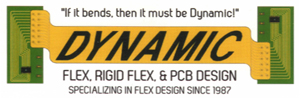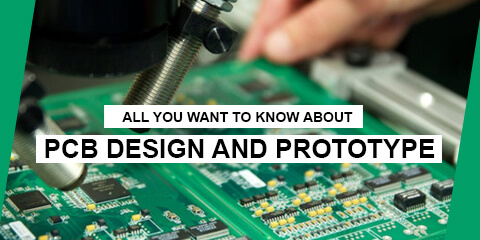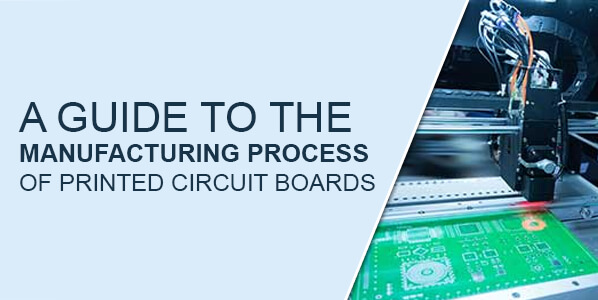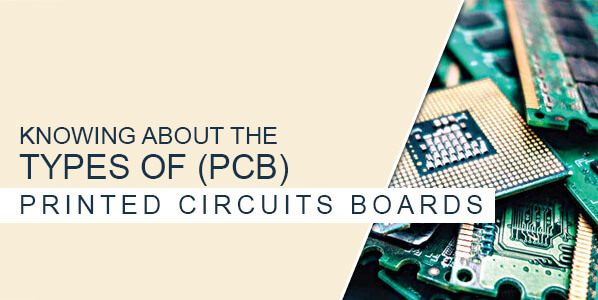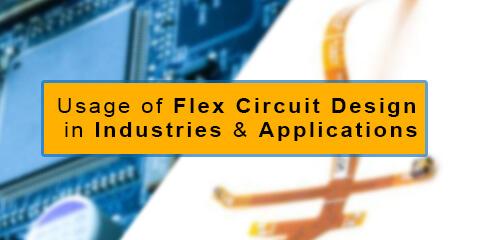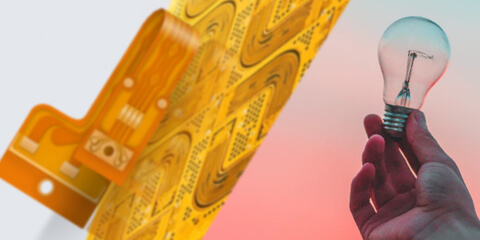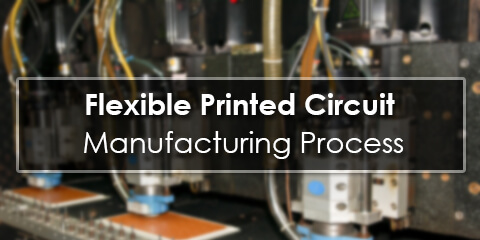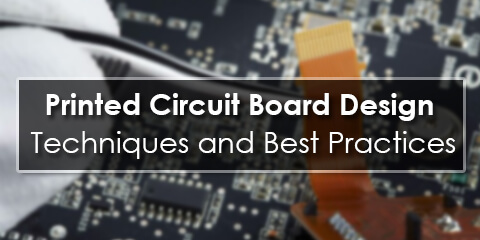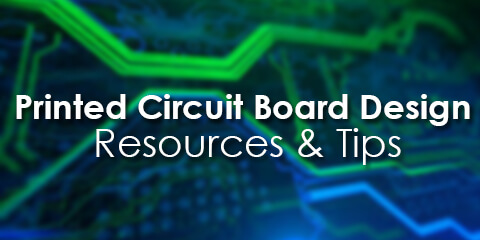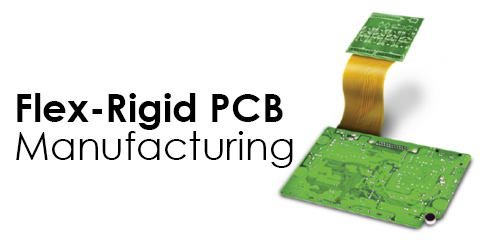All you want to know about PCB design and prototype.
The precision and accuracy that we observe in today’s electrical equipment are undoubtedly the results of the consistent hard work of mankind.
With regular efforts, scientists and researchers have developed reliable products with much-enhanced features and options.
Technology-enabled us to achieve marvelous results in almost every sector. Considering the ongoing challenges and constraints associated with production, technicians, and engineers all around the globe are working to increase the reliability, efficiency, reducing the size, while maintaining the proper work ability of the products.
It is known to us that almost every piece of equipment we see today is somehow based on electrical principles.
(more…)